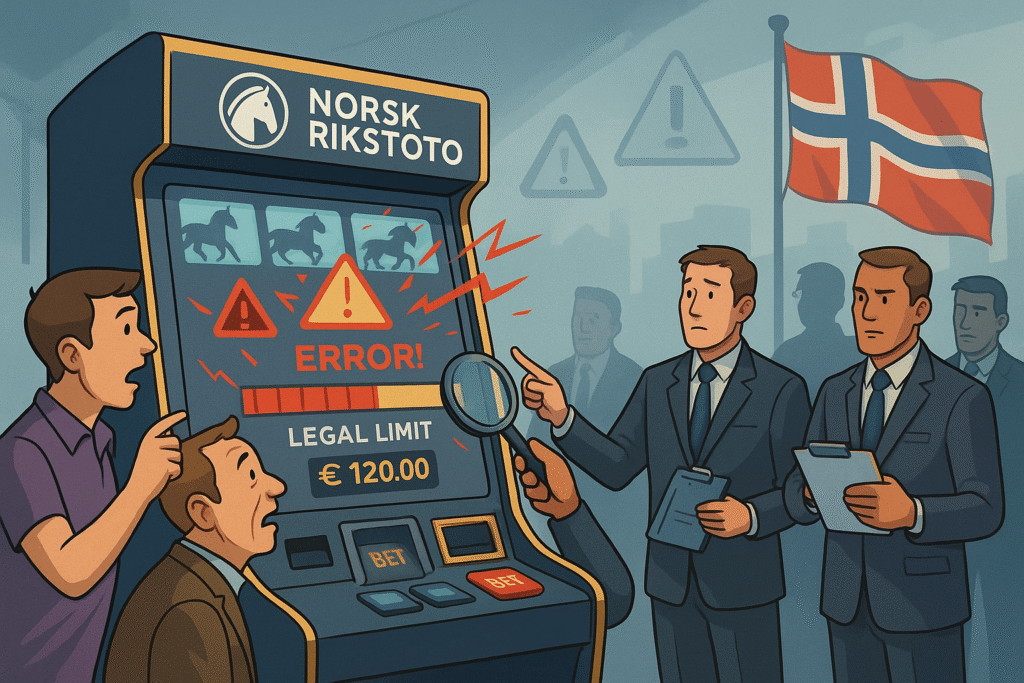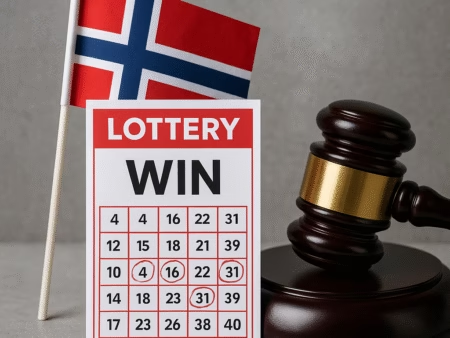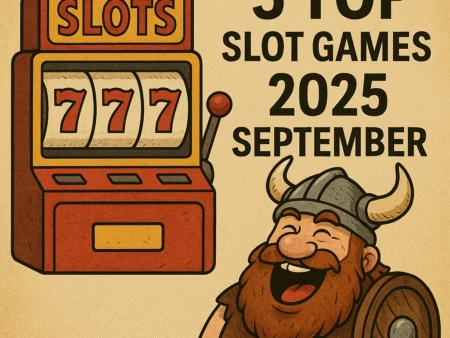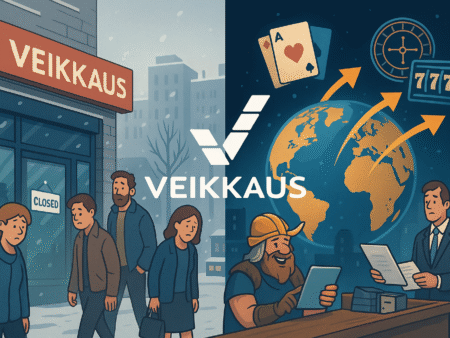
In mid-2025, the Norwegian horse racing operator Norsk Rikstoto admitted to a serious error: a Norsk Rikstoto technical glitch that allowed more than 800 customers to exceed mandatory betting limits. Over NOK 4 million was wagered beyond the legal caps before the issue was discovered.
The event has sparked concern over compliance, player protection, and the effectiveness of responsible gambling Norway policies. This article provides a detailed analysis of what happened, why it matters, and what it means for the future of betting limits Norway.
Table of Contents
Understanding the Norsk Rikstoto Technical Glitch
The Norsk Rikstoto technical glitch was rooted in a programming error. A system designed to enforce daily, weekly, and monthly betting limits failed to block certain transactions.
- Around 836 players were affected.
- Combined excess wagers totaled over NOK 4 million.
- The glitch remained undetected for several months.
Why Betting Limits Norway Are So Important
The Norwegian gambling framework is designed to prioritize player safety. Strict betting limits Norway ensure that gambling remains entertainment rather than a financial risk.
- Limits are applied across online platforms.
- Players cannot deposit or wager beyond capped thresholds.
- Operators are legally required to enforce these limits.
The fact that a Norsk Rikstoto technical glitch bypassed these protections raises major concerns.
Role of the Norwegian Gambling Regulator
The national authority responsible for overseeing gambling activities quickly announced that it had launched a formal investigation into the incident. This body exists to make sure that the companies running games of chance and betting services follow the law and uphold the highest standards of consumer protection. Its role is broad and multifaceted, covering everything from reviewing how operators handle player accounts to assessing whether their internal systems can reliably enforce spending limits.
Part of the authority’s work involves conducting technical audits. These reviews are meant to uncover weak spots in the software and payment systems that power modern gambling platforms. When something goes wrong, the regulator must determine whether it was the result of an unforeseen error, a lack of proper testing, or simply negligence on the part of the operator. In cases where negligence is identified, the authority has the power to issue financial penalties, require extensive system upgrades, or even impose tighter restrictions on future operations.
The investigation into this case is expected to be thorough, as the stakes are high. At its core, the process is not only about establishing accountability but also about reassuring the public that safeguards can be trusted. Should the findings reveal that the operator failed to meet its obligations, the consequences could include heavy fines, stricter monitoring conditions, or new obligations designed to restore confidence in the system.
Horse Racing Norway and Its Challenges
Norsk Rikstoto operates all licensed horse racing Norway betting. While it provides entertainment and contributes to the horse industry, it faces challenges:
- Declining participation compared to online casino games.
- Increasing regulatory scrutiny.
- Dependence on secure, trustworthy systems.
This glitch undermines confidence in the integrity of horse racing betting.
Impact on Responsible Gambling Norway
The failure of safeguards highlights weaknesses in responsible gambling Norway strategies.
- Players were able to gamble more than intended.
- Some individuals may have experienced harm from overspending.
- Trust in the state monopoly model has been shaken.
It illustrates how even strict systems can fail without proper technical oversight.
Reactions to the Incident
Public concern grew quickly once the news broke. Headlines across national outlets highlighted the seriousness of the failure and framed it as a major setback for consumer protection. Many readers reacted with frustration and worry, pointing out that players rely on gambling systems to enforce strict limits. The fact that these controls did not function as promised left many questioning whether they could feel safe participating at all.
Industry reaction was swift. The operator at the center of the issue released a public apology and acknowledged the scope of the mistake. Alongside the statement, it pledged to strengthen its systems and introduce new safeguards to ensure the same lapse would not happen again. While this response may have reassured some, others felt that promises of upgrades were not enough without proof of lasting structural improvements.
Political debate followed soon after. Critics of the current model argued that a state-controlled system is not automatically a guarantee of safety. In their view, the error demonstrated that relying solely on a monopoly structure cannot protect players from harm. Calls for reform began to surface more loudly, ranging from suggestions for independent oversight to proposals for a complete restructuring of the way gambling is managed in Norway.
Comparing Norway to Other Nordic Markets
Sweden responded to rising concerns about problem gambling during the pandemic by introducing temporary but very strict deposit limits. These measures were designed to make sure that players could not gamble more than a certain amount within a given timeframe, even if they had the financial means to do so. The move was controversial among operators, who argued it restricted business too heavily, but public health officials defended it as a necessary step to protect vulnerable players during a time of increased isolation and stress. While the temporary restrictions have since been relaxed, the episode demonstrated how quickly Sweden’s government was willing to act when consumer protection was at stake.
Denmark, on the other hand, has long embraced a competitive licensing model that allows multiple private operators to enter the market as long as they comply with strict conditions. This system is widely considered one of the most balanced in Europe. Operators compete with each other, which benefits consumers with more choice, while the regulator actively monitors activity to ensure fairness and safety. Regular audits and close cooperation between companies and authorities create a culture of accountability that has kept Denmark’s market stable and sustainable.
Finland is in the middle of a historic transition. For decades, the country operated under a state-run monopoly, but years of pressure from players, advocacy groups, and the European Union pushed the government to announce a move toward an open licensing framework. This shift will give players more legal options while ensuring the state continues to collect tax revenue from gambling activities that were previously flowing offshore. The change is expected to reshape the gambling landscape in Finland completely, signaling the end of a system many critics considered outdated.
When placed alongside these examples, the recent scandal in Norway highlights weaknesses in its own approach. While neighboring countries have either strengthened safeguards, embraced competition, or modernized their frameworks, Norway’s reliance on a single-operator monopoly has left it more vulnerable to technical errors and lapses in oversight. The incident demonstrates how a lack of diversity in the system can magnify the consequences of a single failure, raising important questions about whether the current structure can meet the demands of a modern gambling environment.

Future of Betting Limits in Norway
In the aftermath of the glitch:
- Stricter monitoring tools will likely be introduced.
- Independent audits may become mandatory.
- Discussions about moving away from the monopoly could intensify.
The future of betting limits Norway may include even tighter controls and oversight.
Authors Conclusion
This incident was far more than a small technical oversight. What happened exposed a deeper vulnerability in how gambling is managed and supervised in Norway. The system that was supposed to guarantee fairness and protect consumers simply failed, and for many people that failure represents a serious breakdown in trust. When safeguards collapse, it raises difficult questions not only about the reliability of a single operator but also about the overall credibility of the regulatory framework.
Although the company responsible has apologized and committed to making improvements, confidence cannot be rebuilt overnight. The episode has become part of a wider national debate about how gambling should be controlled, what level of responsibility falls on operators, and whether the current model can really protect players in the long term. Some argue that stricter oversight and independent audits may be enough, while others believe the situation highlights the need for a complete rethink of how gambling is offered and monitored in the country.
In the end, this case may be remembered as a turning point. It forced the public, regulators, and policymakers to confront uncomfortable truths about weaknesses in the existing system. Whether it results in gradual improvements or sparks a broader restructuring, the effects of this scandal will continue to shape the future of gambling in Norway for years to come.











